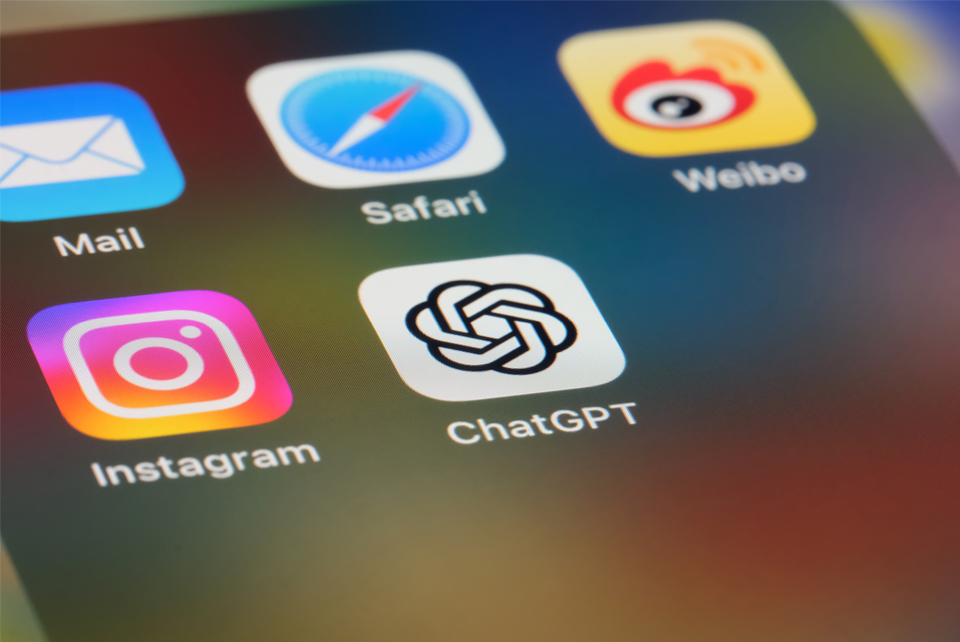Unless you’ve been living under a rock for the last couple of years, you’re bound to be familiar with ChatGPT. In the unlikely event that you don’t happen to know what it does, here is a brief outline. ChatGPT is an artificial intelligence chatbot that can be used to answer questions, compose essays, do maths and even have philosophical conversations with. Given the extent of its capabilities, there is little surprise then that companies were quick to spot it’s marketing potential, particularly for writing longer form content such as blogs.
Almost a year and a half on from its launch, we thought it might be an idea to take a look at whether ChatGPT is still delivering on its promises or if the honeymoon period is over.
Benefits of using the ChatGPT tool
Time saving – There is no denying that ChatGPT can generate large amounts of content quickly. Which may seem like a tempting idea given that it saves time and effort. It can also help with structure and generating ideas for blog posts.
Versatile – ChatGPT can cover a wide range of topics, making it suitable for niche subjects. To a certain extent it can also adapt to different writing styles and tones, allowing you to customise the content to match your brand voice.
Language fluency – ChatGPT is trained on a vast amount of text data, enabling it to generate coherent and grammatically correct sentences.
Creative input – ChatGPT's ability to generate ideas and suggest unique perspectives can be valuable in brainstorming sessions.
Drawbacks of using the ChatGPT tool
Lack of personalisation – Being an AI model, ChatGPT lacks the human touch and understanding that comes with personal experience and emotions. It may struggle to capture nuances or cultural references, that would come naturally to a human. You only have to think back to Covid times and how the message was constantly changing for proof of this.
Originality concerns – ChatGPT may rely on patterns or phrases from the training data it receives, which could lead to similarities with existing content. In order to avoid copyright issues, plagiarism checks and editing need to be incorporated into review of a document or blog before it can be uploaded.
Risk of errors and inaccuracies – It’s not a human and is therefore unable to fact-check or ensure the accuracy of the information it generates.
It may not rank as well in Google Search results – The most recent update to the Google Algorithm in March, contained new policies to target scaled content abuse including a heavy reliance on AI generated content. This from Google: “Today, scaled content creation methods are more sophisticated, and whether content is created purely through automation isn't always as clear. To better address these techniques, we’re strengthening our policy to focus on this abusive behaviour — producing content at scale to boost search ranking — whether automation, humans or a combination are involved.”
Whilst Google didn’t solely target AI generated content, it’s worth noting that your site may be deindexed if you abuse the system.
Conclusion
Whilst there are times when ChatGPT can come in very handy, to generate ideas, improve efficiency, and enhance creativity, we would recommend that it be used as a starting point, rather than letting the robots do all the work.
To truly connect with your audience and establish yourself as a thought leader in your industry, we believe it’s important to put in the time and effort to create authentic and compelling copy that accurately reflects your brand’s personality and values.
